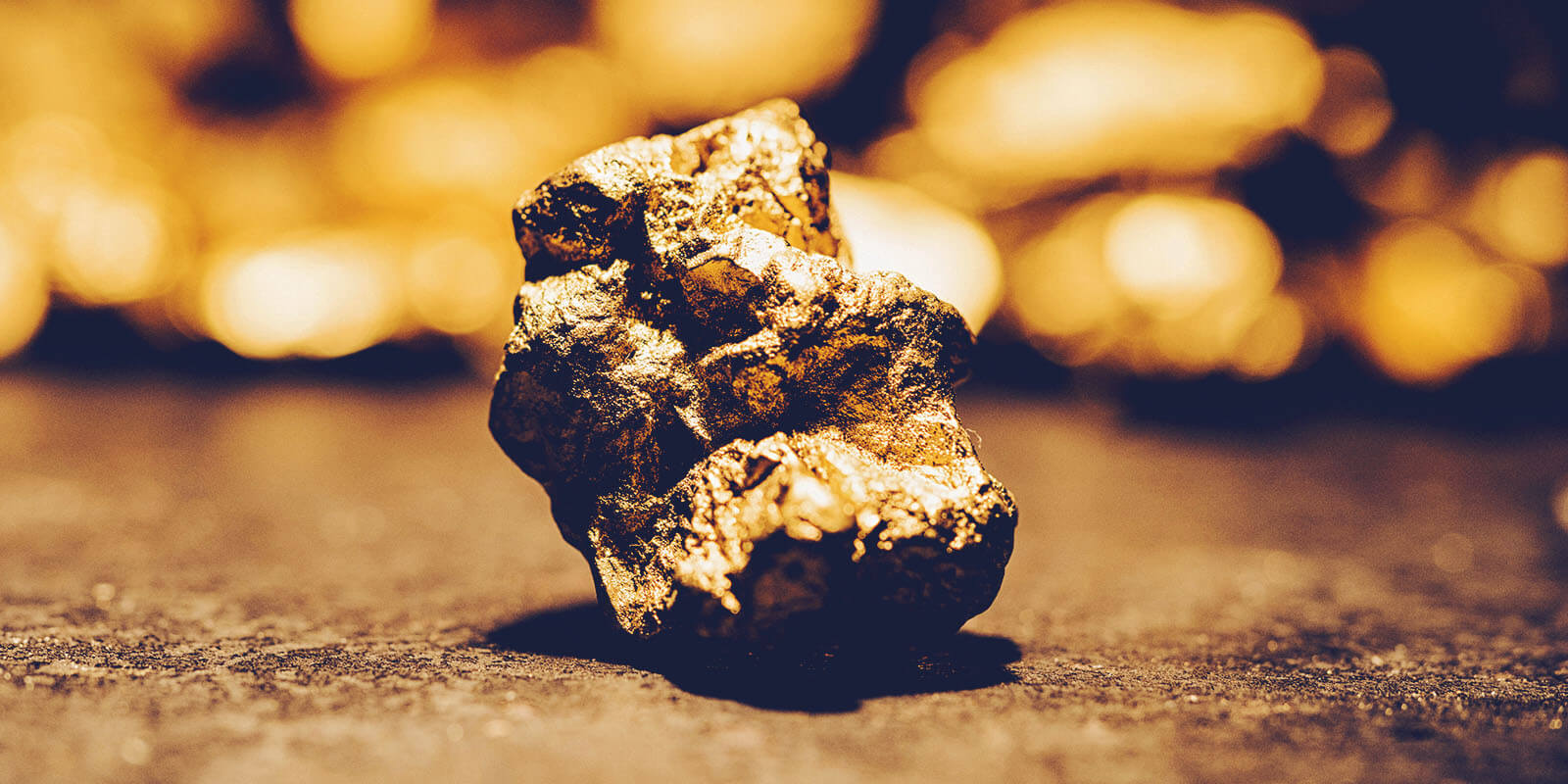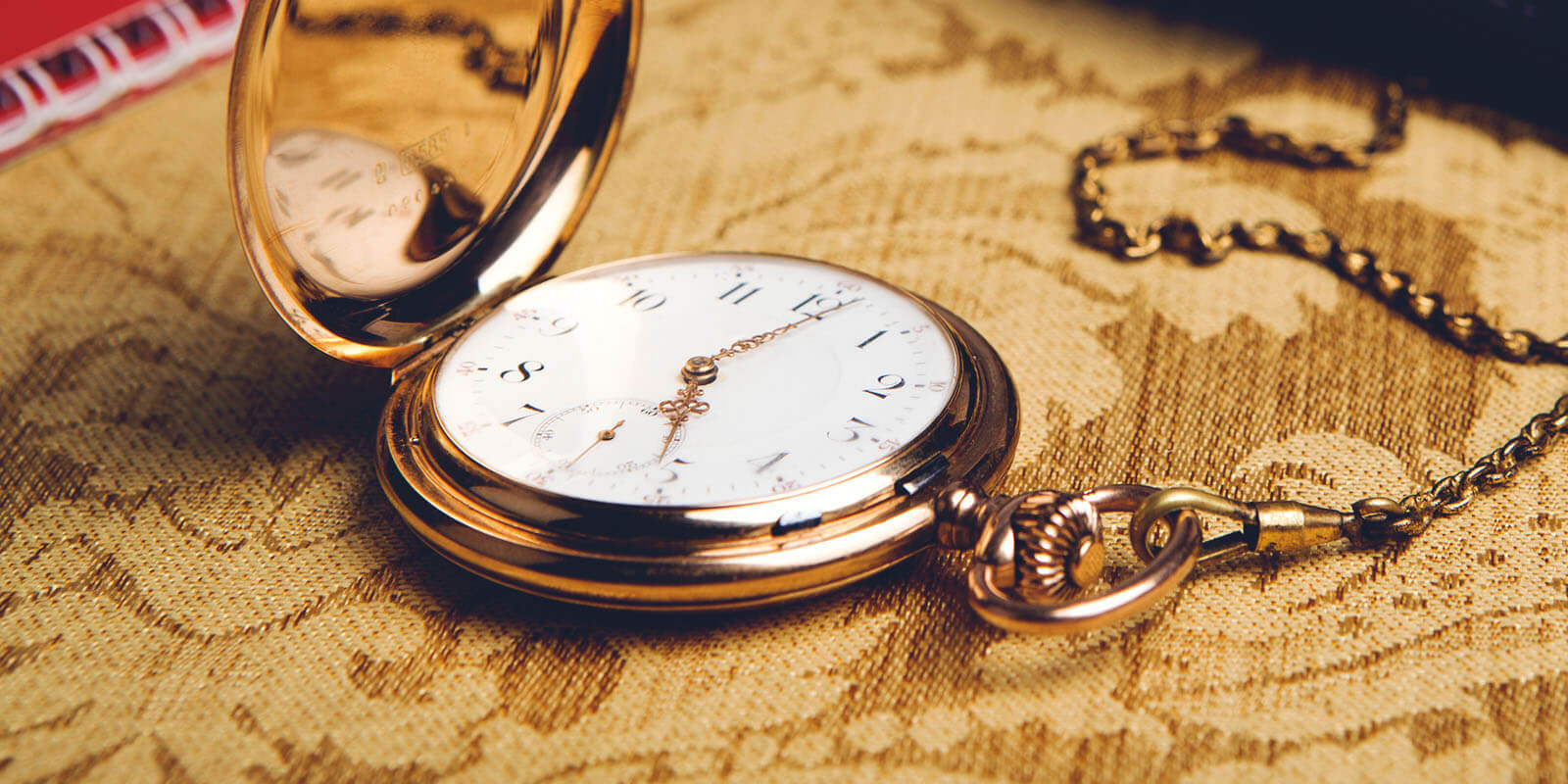Gold is traditionally seen as a safe haven, a port in a storm, a store of value when war, disorder, famine or pestilence seem close at hand.
Prices Peak at Times of Crisis
Go back to January 1980. The Iranian hostage crisis was convulsing the US government, a new wave of inflation was sweeping across the world and tension between East and West was ratcheted up by the deployment of new nuclear weapons by both sides in Europe.
The cost of buying gold topped $800 an ounce. Had you bought then, you would still be down on the deal, despite the fact that gold is currently trading at well over $1,200 dollars an ounce*. That is because the dollar was worth rather more 34 years ago than it is today. Adjusted for inflation, January 1980 saw the peak, at about $2,400 an ounce in today’s prices.
Prices Fall in Times of Peace
The turn of the millennium is a good example of such a time. The Cold War was over, central banks seemed to have cracked the secret of running a ‘Goldilocks’ economy – not too hot, not too cold – and the internet promised exciting new industries and services.
Gold prices were on the floor. In 1999, the gold price averaged $278.98 an ounce, in 2000 it was $279.11, and in 2001 it dropped back to $271.04.
Almost nobody wanted to buy gold, an insurance policy against misfortunes that were believed to be in the past. Yet somebody was still buying gold because in 2002 the average price was back over $300 an ounce, topping $400 in 2004, and $600 in 2006.
Come the Great Recession and gold bullion had returned to fashion with a vengeance – the price of buying gold averaged well over $900 an ounce in 2009 and above $1,200 in 2010. Over the last 50 years, the price of buying gold had a long run-up from 1964 to 1980, a steady decline to the early years of this century, and then another upswing. Why?
To start with, until 1971 governments around the world tried to maintain a lid on the gold price as part of efforts to stabilise international currency markets. When the lid came off, a lot of pent-up demand was released.
Inflation, too, supported the price because more devalued pounds or dollars were needed to buy the same amount of gold. And, as we have seen, fears of conflict and disorder make buying gold more attractive because of the threat to the institutions that support paper money.
By contrast, the opposite of these factors – low inflation, with peace and stability – makes gold less attractive and the price usually declines.



